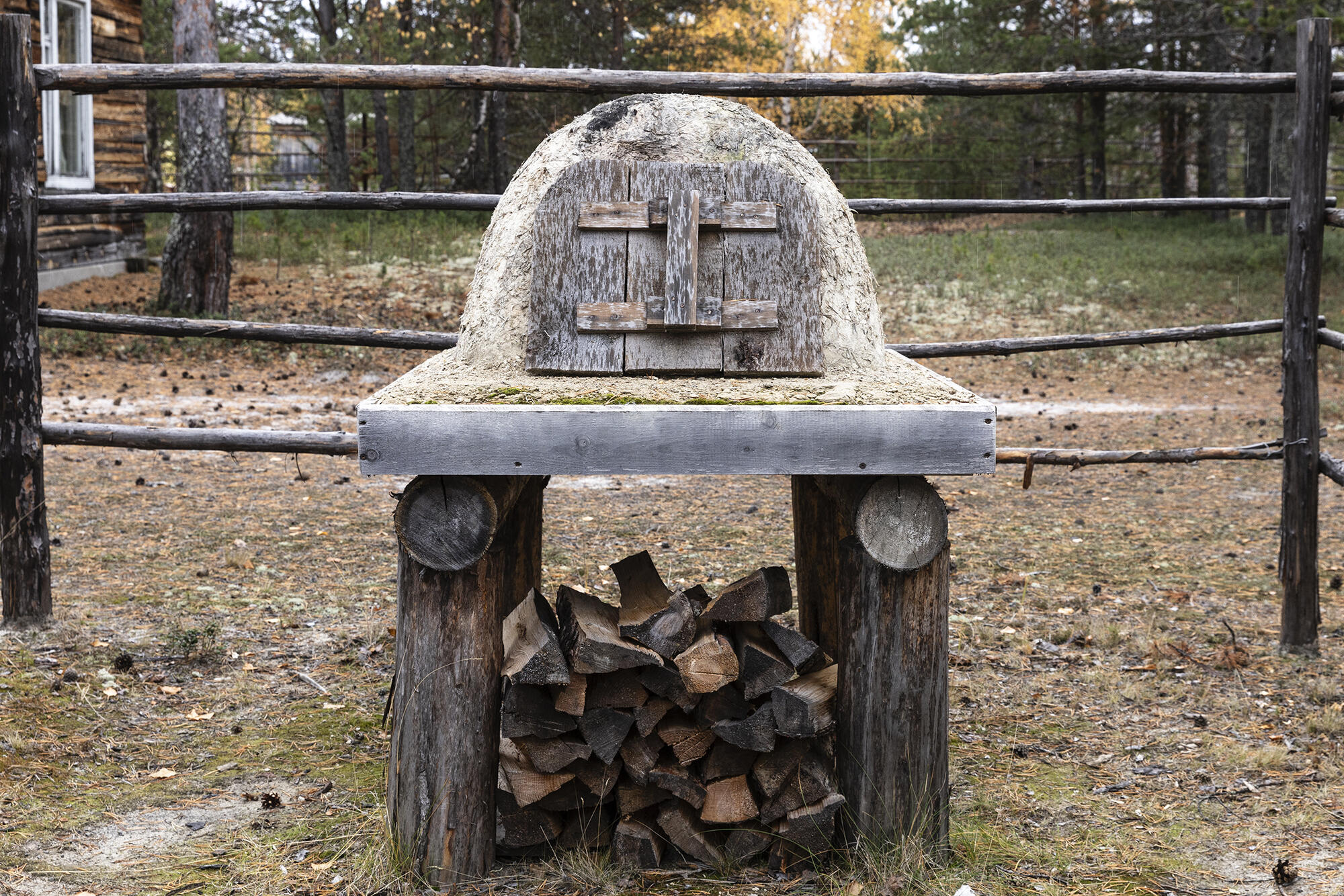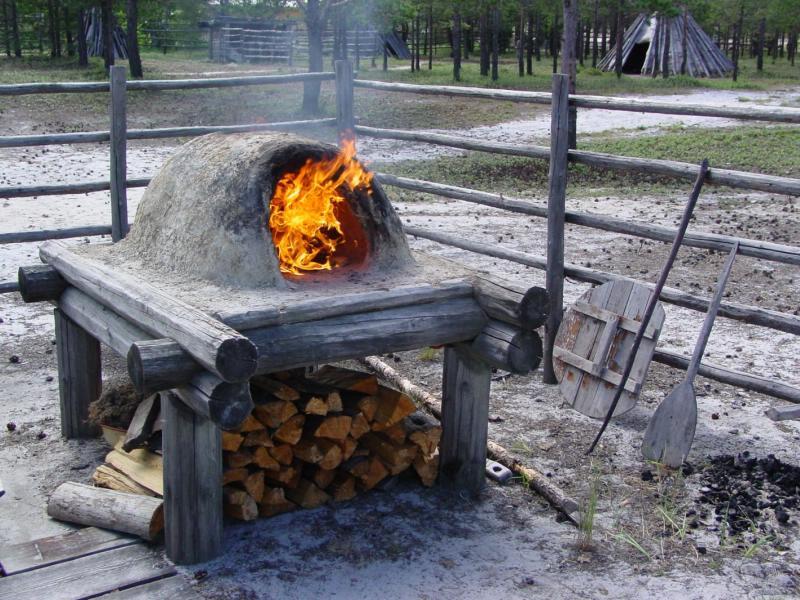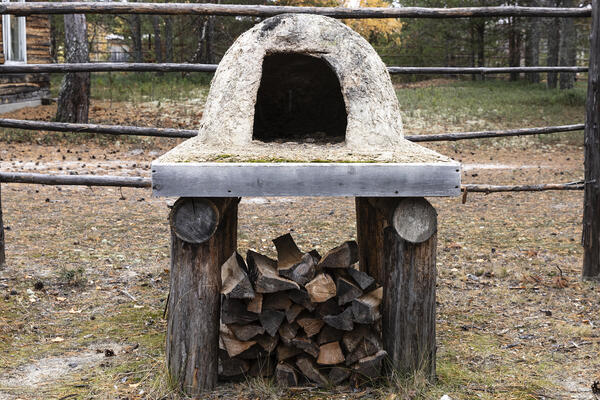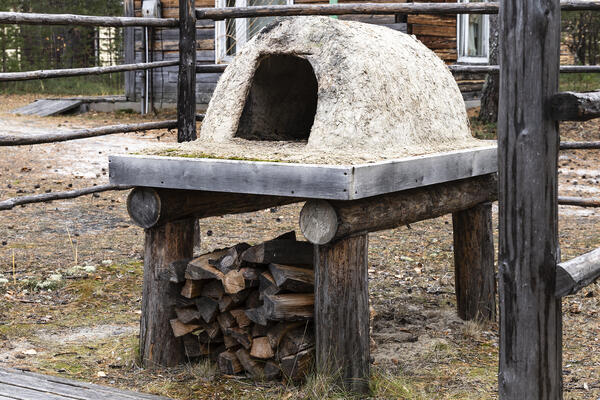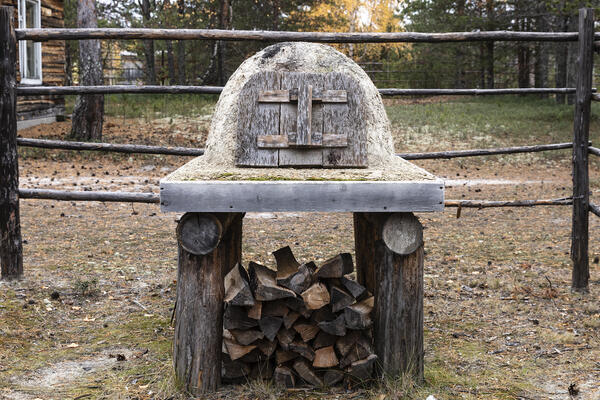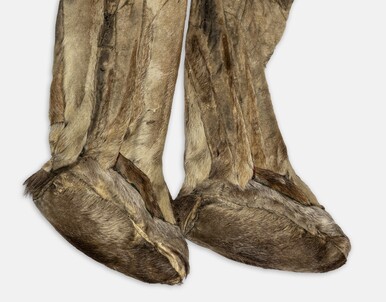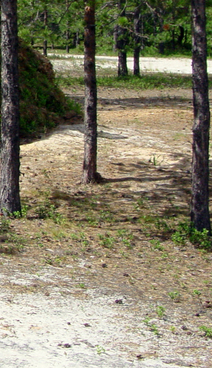Like many other peoples, the Khanty worshiped fire as a sacred force. The veneration of the forces of nature originated in primitive societies and is one of the earliest forms of religious belief. Before humans learned how to make, control, and use fire for their own purposes, they considered it to be a wild and powerful spirit. Some of this attitude is preserved in superstitions and folk culture.
The hearth takes pride of place in the Khanty house. It is called “chuval” and is revered as a living being. The homemaker must take care of the hearth every day, keep it clean and tidy, and sweep it with a special broom made of bird feathers. On holidays, people make offerings to the fire such as meat and fat, give it the first drop of wine, and present it with scraps of cloth. For a long time, the chuval fire was the only source of light in the Khanty house.
Outside, the Khanty place a bread oven known as “nyan ker”. The area around the oven also has a sacred meaning. The technology of making the oven has remained unchanged. The oven stands on a foundation of three logs, with bird cherry branches inserted into the holes. They form a hemispherical frame.
The clay for the oven is soaked for several days and then mixed with a large amount of straw. The resulting clay and grass mixture is carefully spread on the oven’s frame, forming the walls. When the stove has been shaped, its surface is smeared with clean clay and rubbed.
The oven is protected from snow and rain by a roof. Small firewood is prepared for such a stove. When the wood burns through, the coals are removed, and the ashes are swept out with a broom made of moistened pine branches. After that, molds with dough are placed in the oven, the oven is closed with a shield, and propped up with a stick or a wooden shovel.
To keep the oven heated longer, the window — the
hole in the back of the oven — is sealed with wet peat moss. The bread oven
does not have a chimney: the draft is ensured by the hole at the top, which is
also covered with moss when baking bread. In the old days, when there were no
special baking molds, the dough was placed directly on the clay. The oven is
well suited for baking berry, fish, and meat pies.
